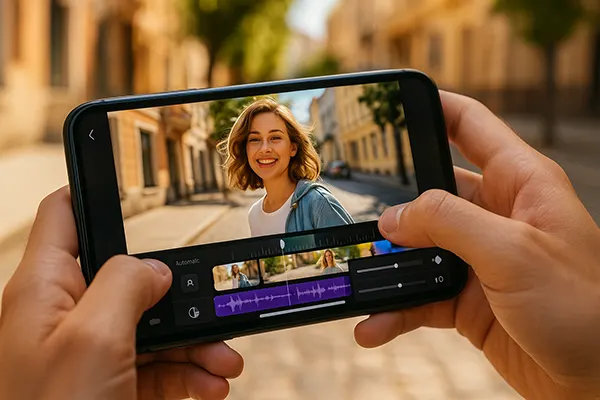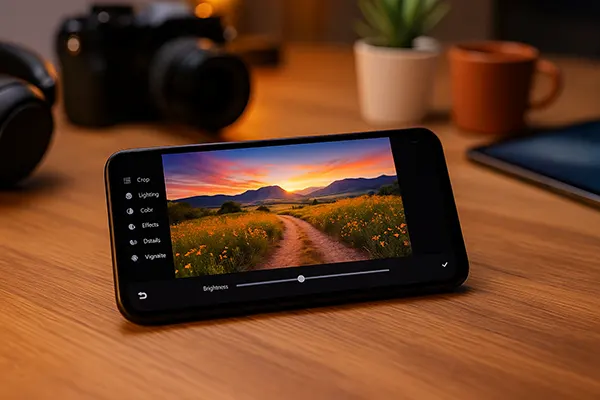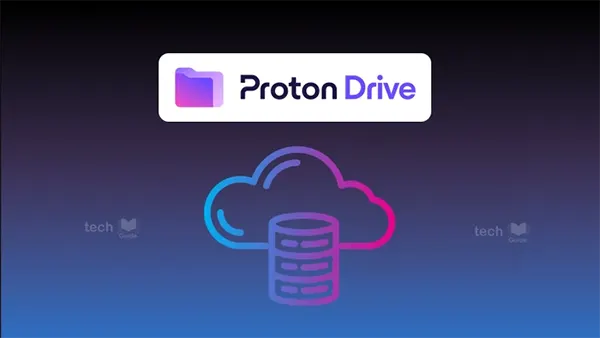AI Photo and Video Editors on Smartphones: Will They Replace Mobile Editing Studios?

Artificial intelligence has rapidly reshaped the way people create and edit content. Modern smartphones, equipped with powerful processors and advanced neural engines, now offer editing tools that rival desktop software. AI-driven applications can enhance images, adjust lighting, stabilise shaky footage, and even generate effects in real time. This raises an important question: could smartphones with AI editors eventually replace traditional mobile editing studios?
The Rise of AI Editing Tools on Smartphones
Over the last five years, the capabilities of AI-powered editors have expanded significantly. Applications like Adobe Photoshop Express, Lensa, CapCut, and Runway bring features once exclusive to professional software directly into the hands of smartphone users. These tools can detect subjects automatically, remove unwanted elements, and apply cinematic colour grading without requiring advanced skills. For content creators and influencers, this accessibility has made high-quality production achievable almost anywhere.
Another major advantage is speed. AI algorithms allow instant previews and adjustments, which shortens the time needed for editing. In 2025, real-time background replacement, multi-layer video editing, and voice-driven commands are increasingly common. This means that users no longer need to spend hours on fine adjustments—AI can deliver polished results in seconds.
Furthermore, AI systems are improving through continuous updates and integration with cloud computing. These upgrades give smartphones access to larger models and more accurate editing techniques, bridging the gap between handheld devices and professional studios.
Limitations and Current Challenges
Despite their progress, AI editors on smartphones still face limitations. Large-scale projects requiring multiple video tracks, advanced sound engineering, or heavy rendering remain more suitable for desktop environments. Smartphones also have restrictions on battery life and storage, which may limit their ability to process extremely detailed content.
Another challenge lies in precision. While AI can automate many tasks, professionals often prefer manual control for creative freedom. Over-reliance on algorithms may lead to results that feel generic or lack personal style, which is why experienced editors still choose more advanced setups for major projects.
Data privacy is also an important consideration. Many AI apps rely on cloud processing, raising concerns about where user content is stored and how it is managed. For businesses and professionals, ensuring confidentiality remains a critical factor when deciding between mobile AI editors and traditional studios.
How AI Is Transforming Everyday Content Creation
The biggest impact of AI photo and video editors is seen in everyday content production. Social media users, vloggers, and small business owners benefit from tools that let them create professional-looking material without hiring expensive teams or investing in advanced equipment. AI-powered templates, auto-captioning, and smart filters simplify the workflow, ensuring consistency across platforms.
In 2025, even smartphone-native apps offer advanced storytelling features. AI can now analyse trends and suggest editing styles that match popular aesthetics. For instance, an AI editor might recommend transitions, music, or layouts optimised for Instagram Reels or TikTok, helping creators stay competitive in a fast-changing digital space.
These advancements also support inclusivity. People with limited technical expertise can produce content that meets professional standards, while accessibility tools such as auto-subtitles or adaptive lighting make media creation more inclusive for a global audience.
Professional Perspectives on AI Integration
Industry professionals recognise the value of AI but also stress that it cannot fully replace human creativity. While automated editing can manage technical aspects, storytelling, emotional tone, and artistic choices remain areas where human editors excel. Many professionals view AI tools as assistants rather than replacements, using them to speed up repetitive tasks while retaining control over creative decisions.
In film and marketing industries, hybrid workflows are becoming standard. Editors begin their work on smartphones for quick drafts or previews, then transfer projects to desktop studios for fine-tuning. This combination maximises both speed and quality, showcasing how AI complements rather than eliminates traditional editing approaches.
As AI evolves, professional editors are also expected to develop new skills. Understanding how to guide and refine AI outputs will be as important as mastering technical tools, ensuring that human expertise remains central in creative production.

The Future of AI Editing on Smartphones
Looking ahead, AI editors on smartphones are likely to become even more integrated into creative workflows. As processing power increases, devices will handle more complex editing without relying heavily on cloud services. This will enhance privacy and allow faster results even in offline environments.
In addition, future AI editors may incorporate generative features, allowing smartphones to create entirely new visuals or soundscapes based on user prompts. For example, a vlogger might request an AI to design a cinematic background or generate a specific visual mood, cutting down on production time dramatically.
Another promising direction is cross-device integration. With seamless syncing across smartphones, tablets, and desktops, creators can start editing on one device and continue on another without losing quality or progress. This flexibility could push AI editing closer to fully replacing traditional studios for many users, though specialised industries may still require high-end equipment.
Will AI Replace Traditional Studios?
The question of whether AI editors will entirely replace mobile editing studios remains open. For casual creators and small businesses, smartphones already offer sufficient functionality to replace dedicated setups. However, for professional-level production in areas such as cinema, advertising, or broadcasting, studios continue to provide capabilities that mobile devices cannot yet match.
Most experts agree that the future lies in coexistence rather than replacement. AI editors will continue to grow as essential tools, but they will complement instead of eliminating traditional methods. This balance allows both professionals and casual users to benefit from the strengths of each approach.
Ultimately, the evolution of AI on smartphones represents a democratisation of creative expression. While traditional studios will remain vital for high-level projects, AI editors empower millions of users worldwide to produce high-quality content quickly, efficiently, and affordably.




